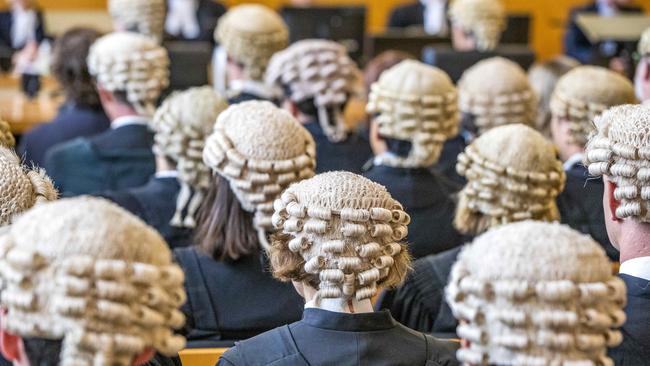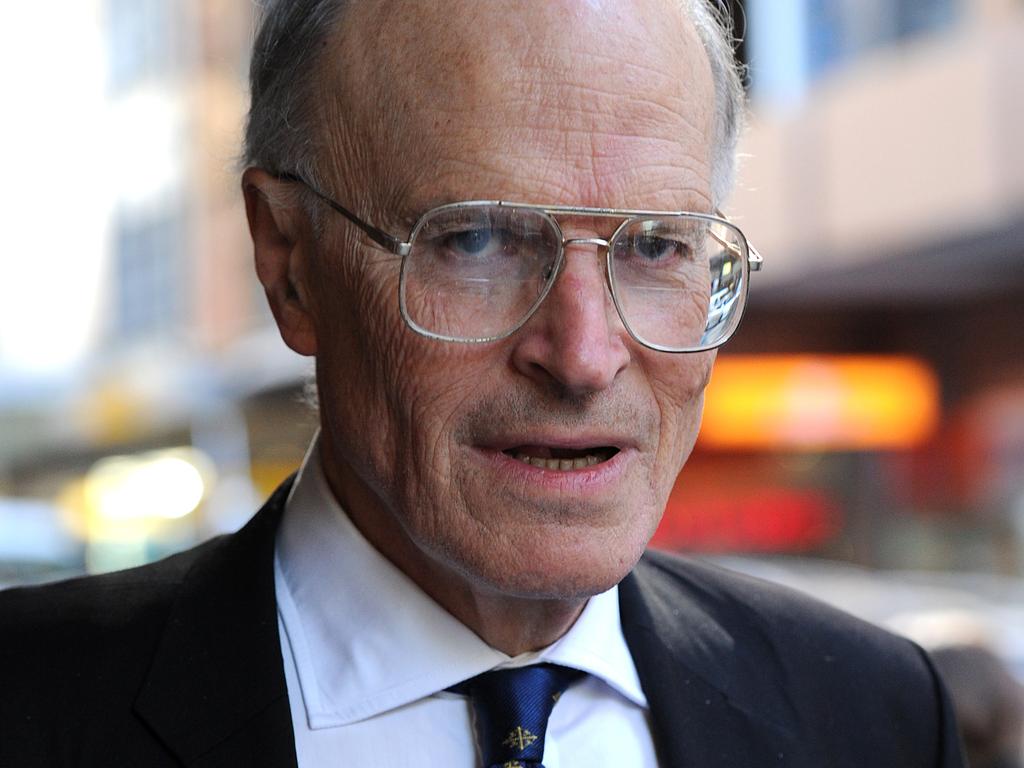
Or read on, and we’ll do it. In a speech late last month former Queensland Supreme Court judge Roslyn Atkinson echoed findings of a 2023 report by the Australasian Institute of Judicial Administration to overhaul who sits on juries.
It’s sensible to encourage more Indigenous people to sit on juries. In fact, we ought to find better ways to encourage all Australians to do so, because currently it’s easier to find someone who has escaped jury duty than someone who has taken on that onerous civic responsibility, often at great cost to themselves.
What’s not sensible is Atkinson’s implied endorsement of AIJA’s suggestion that jury selection be altered to “affirmatively include First Nations jurors”. AIJA researchers focus on a model called “juries de meditate linguae” – where a minority defendant is granted the right to be tried by a jury comprising half of people from that same minority. The report notes that this model originally entitled Jews in medieval England to special mixed juries, made up of half Jews and half Gentiles.
While justice in the United Kingdom has progressed from this Middle Ages model of special rights for certain minorities, these legal researchers under the auspices of senior Australian judges want to go backwards.
They draw comparisons with how women were once excluded from juries, so why not advance the jury system some more by including Indigenous people? Hold on a second while I find my trucker’s licence to drive through the hole in this argument.
It was, of course, wrong to deny women – and Indigenous people – the right to be jurors. But we don’t currently exclude Indigenous people from sitting on juries. Moreover, there is a fundamental difference between, on the one hand, encouraging universal participation on juries and, on the other hand, mandating quotas for one group, in this case Indigenous people.
The suggestion that justice won’t be done, or be seen to be done, for an Indigenous defendant unless a jury includes some (unspecified) number of Indigenous jurors is impractical and offensive.
Impractical because it may be hard or even impossible to ensure the right number of people with the right racial characteristics are available for every single trial at every single venue, or even most of them.
Offensive because it suggests that a jury without the correct racial makeup won’t make the right decision. In other words, the real gripe with the current model is with the decisions by current juries.
If AIJA has the imprimatur of the nation’s judges, we should be very concerned. The output from this body reads like a Greens manifesto. Last year AIJA proposed juryless trials for sex offences – presumably to increase convictions. Its suggestion that we mandate Indigenous jury members for Indigenous defendants appears to come from a place of wanting fewer convictions.

If so, where are the empirical studies linking correctness of jury decisions with the racial makeup of jury members? That would be important news. Without rigorous evidence in support, AIJA’s attack on the current jury system is misguided, or worse.
There is a significant risk that even proposing these changes will encourage Indigenous defendants, who include violent men who maim and kill Indigenous women, to regard themselves, without any evidence, as victims of an oppressive justice system because the makeup of the jury didn’t match their race.
Uncovering other flaws is child’s play. Does this new jury structure imply some test of racial purity? If so, what percentage of Indigenous blood is enough to be fair to an Indigenous defendant?
At a wider level, the proposal to mandate racially composed juries is an example of the now ubiquitous – and completely bogus – notion that people of one background won’t sufficiently understand or treat fairly people from different backgrounds. This proposal is little more than a form of special pleading for your favourite minority.
Given that nobody can sensibly suggest a jury can reflect all groups in line with their percentage in society, some selection is required. How is that to be done? And for whom? If we ensure that groups A and B are included to reflect their numbers in society, or something close to it, but not groups C, D, E through to Z, is that an admission that only groups A and B will be fairly treated?
Should a jury be stacked to represent racial groups, women, and the indigent – but not the disabled, the sick or the neurologically diverse? Who chooses? Should some groups not be represented, and if so, why?
Indeed, the one attribute ignored by the legal activists behind the “representation theory” is good old-fashioned merit. Otherwise known as good judgment and sound intellect. Perhaps fans of representation theory think people in this group have been so historically overrepresented they need to be culled from juries.
Representation theory is a variant of two modern fads – critical race theory and diversity, equity and inclusion. Both emanate from the US and while openly contested in that country, we in Australia have been woefully slow to ask even basic questions.
Critical race theory holds that every aspect of society can only be understood through the lens of race, and more particularly racial oppression. Ergo we must reshape society from top to bottom to eliminate that oppression in ways demanded by the victims because who are the oppressors to judge their demands. This theory pollutes modern discourse to the point where so called “colour-blindness” – the notion we treat people according to their inherent merits rather than their race – is regarded as itself oppressive.
CRT wilts under the most cursory analysis because victim and oppressor labels don’t fit neatly to blacks or whites, respectively. Human nature is more nuanced than that, and laws and policies that ignore this glorious complexity do a disservice to all people, regardless of skin colour.
Diversity, equity and inclusion is also in retreat across America – on university campuses and within corporations. The US Supreme Court delivered the official rebuke in a 2023 judgment, informing the DEI-rich university sector that affirmative action policies at Harvard and the University of North Carolina breached the US constitution. The asserted rationales for discrimination by these universities – “training future leaders in the public and private sectors” and “producing new knowledge stemming from diverse outlooks” – sounded lovely. But the court found they were not “sufficiently coherent for purposes of strict scrutiny”.
In other words, bah humbug to a DEI policy that is divisive and easily debunked by common sense. Mandating certain numbers of Indigenous people on a jury falls into the same category.
While most Australians said no at last year’s voice referendum to special legal rights for some groups, some legal elites just won’t give up.







If you’re waiting for sensible analysis from law societies and bar associations about recent suggestions that Indigenous defendants should be heard by a jury that includes some – and possibly half – Indigenous members, take a seat in a very crowded waiting room.